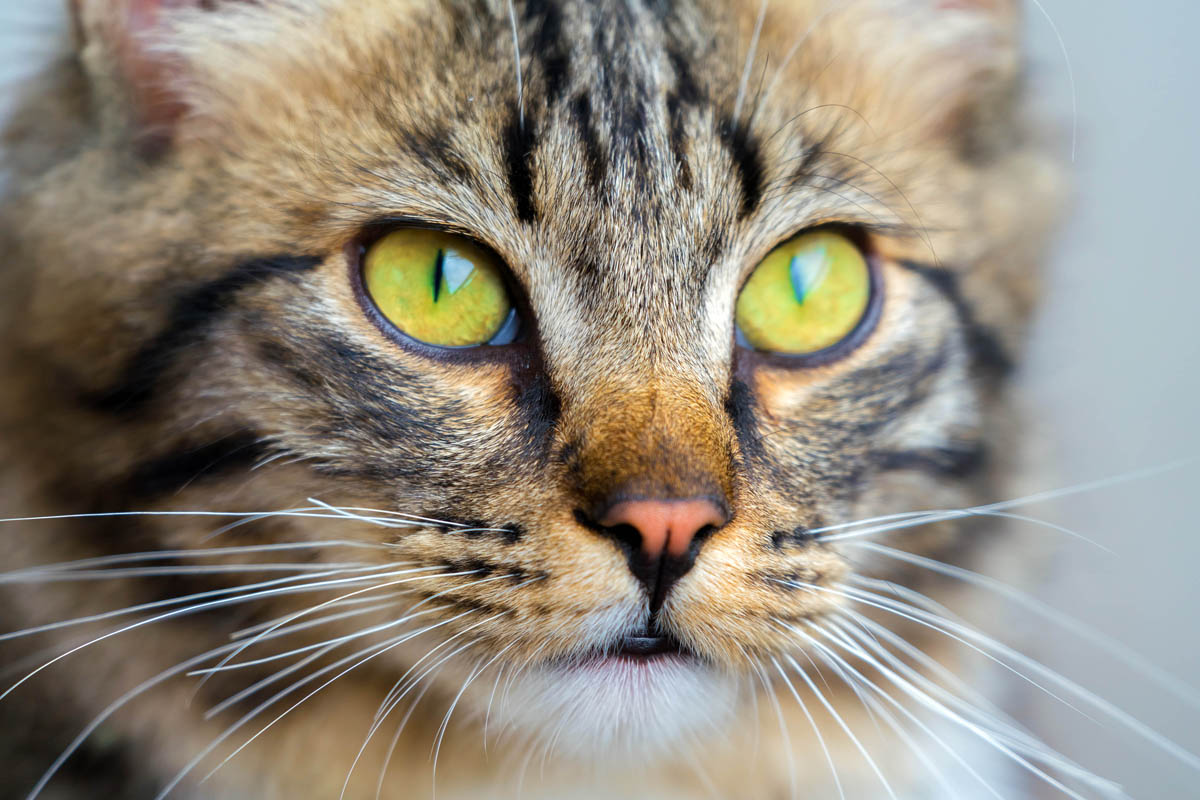|
What is Clomicalm?
Clomicalm (also known as Anafranil) is the brand name of clomipramine (klo-mi-pra-meen) a tricyclic antidepressant manufactured by Novartis that is used to treat several behavioural disorders in cats, dogs, birds and humans.
Although widely used in veterinary medicine, Clomicalm has not been approved by the Food and Drug Administration and is prescribed extra-label.
Mechanism of action
The exact mechanism of tricyclic antidepressants is not known, it is thought to inhibit the reuptake of serotonin which allows more serotonin to be available to be taken up by other nerves and increases the activity of serotonin in the brain.
Serotonin is a compound present in blood platelets and serum, which constricts the blood vessels and acts as a neurotransmitter and is thought to regulate anxiety, happiness, and mood.
Uses
Clomicalm is used to treat behavioural problems by reducing anxiety in cats with obsessive-compulsive disorders, spraying, overgrooming and house soiling, stress and separation anxiety in cats.
Contraindications/warnings
Do not use in cats who are hypersensitive to the active ingredient, clomipramine, cats with seizure disorders, cardiac rate and rhythm disorders, acute narrow-angle glaucoma and significant liver dysfunction which affect the cat’s ability to metabolise Clomicalm properly.
Dosage
It is always important the cat undergoes a complete physical examination and undergo baseline tests which include complete blood count, biochemical profile and urinalysis to rule out a medical cause of inappropriate behaviours as well as assess kidney and liver function as Clomicalm is activated in the liver and removed via the kidneys and the liver. A cat with poor liver function may be unable to metabolise the drug efficiently.
The dosage recommendation is 0.25 – 1 mg/kg once a day which means the average 5 kilo (11 pound) cat will receive a dose of 2.5 – 5 mg once a day. Most veterinarians will prescribe a low dose and gradually increase it until the desired behaviour changes are achieved.
As with all types of behaviour disorders in cats, it is also important to look at external sources which may act as a trigger and formulate a behavioural modification plan to address these, which can include environmental modification, resolving inter-cat conflict, play therapy, Feliway plug-in diffusers (a synthetic feline-facial pheromone), maintain a constant routine and ensure cats in multi-cat homes each have their own key resources (food bowls, cat trees, toys, litter trays).
Drug interactions
- Albuterol – May increase the risk of cardiovascular system effects.
- Azole antifungal medications (ketoconazole, itraconazole, fluconazole) – Can combine with Clomicalm and increase the chance of abnormal heart rhythm (QT-interval prolongation).
- Cimetidine – May slow the removal of Clomicalm which has the potential to increase the risk of toxicity.
- Opioids – May increase the risk of serotonin syndrome (a potentially fatal condition triggered by too much nerve cell activity).
- Macrolide antibiotics (azithromycin, tylosin, erythromycin) – Can combine with Clomicalm and increase the chance of abnormal heart rhythm.
Side effects
Reported side effects in cats are secondary to the drug’s anticholinergic activity which block acetylcholine from binding to its receptors on certain nerve cells, inhibiting parasympathetic nerve impulses. These nerve impulses are part of the autonomic nervous system responsible for several functions not consciously controlled, which includes pupil dilation and constriction).
- Increased thirst due to dry mouth
- Mydriasis (dilated pupils)
- Reduced intestinal motility (nausea, vomiting, loss of appetite)
- Constipation
- Diarrhea
- Urine retention
- Sedation – especially at higher doses
In some cases, the dosage may need to be reduced to relieve symptoms.
Missed dose
If the cat misses a dose of Clomicalm, do not administer, wait until the next dose is due and continue as normal.
Overdose
There is a narrow margin of safety, overdoses can be life-threatening. Overdose can cause arrhythmias, seizures and cardiorespiratory collapse.
Always seek immediate veterinary care if your cat receives ingests too much Clomicalm.
How long does it take Clomicalm to work?
It can take 5-7 days for the initial effects to occur and long term effects may take a minimum of 3-5 weeks (download pdf).
How long will the cat be on Clomicalm?
Medication will continue until the behaviour has resolved and the cat will be gradually weaned off the medication. Some veterinarians may recommend the cat remain on a low dose for 1-2 months after the behaviour has resolved.
Safety
Always administer as per veterinary instructions. It is always safer to have one person in charge of drug administration which reduces the chance of the cat receiving a double dose.
Store out of reach of pets and children.
Client information
Clomicalm can be given with or without food, some cats will experience nausea which can be combatted by feeding a small meal with the medication.
Storage
Store Clomicalm at room temperature and protect it from light.
Keep out of the reach of children and pets.
Resources
Plumb, D.C. (2018). Veterinary drug handbook. Ames, Iowa: Iowa State Press.

